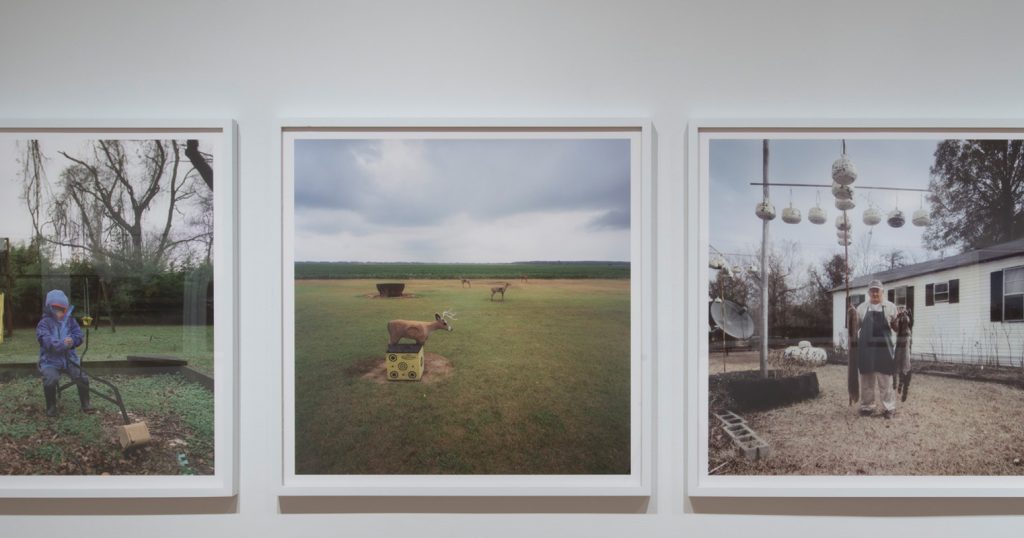The Mississippi Delta could be the most photographed place on earth-if not now, eventually. The magnetism of the Delta sprouts in part from the visible contrasts of the place: soil more fertile than most in the world, alongside virulent and uninhabitable swamplands; communities holding some of the richest while also the poorest inhabitants; over-soaked wet and drought-ridden land; lush green and somber gray seasons; a landscape defined by shapely hardwood breaks and infinite horizons. As the Delta can be rich and fertile, it can also be poor and desolate: as one can hear the powerful chords of humanity’s best music there, one also knows of Delta nights of terror and injustice. In part it’s these extreme contrasts that grace the culture with its irresistible power, creating a deep and at times confusing paradox. Artists of all stripes and leanings have migrated in and out of the Delta, fueled by an aesthetic dynamism that is palpable, alluring, and profoundly felt. Distinct from all the travelers, visitors, and recent Delta arrivals, Kathleen Robbins draws her artistic energy from a deeply placed history within the Delta, from knowing familial stories and domestic vegetation and from her people’s long presence in Leflore County. When Kathleen Robbins ventures into the flatland, it’s an act of return and remembrance, nothing at all like a first or new encounter.
There’s a reverence to Robbins’s point of view-no nostalgia or obligatory embrace-in the way she looks directly at a deeply global place through the intimate familiarity of her relationship to people and place. Her photographs inhabit the space they come from-or as she says, “re-inhabit”-since they are at once about home and about a return to home, about what has been known for a long time and about rediscovering new ways of knowing. There is no anonymity here, no sense that we’re simply passing through. The figures we meet in Robbins’s photographs are not “subjects” but instead are “her people.”
© 2015 University of South Carolina. From the book Into the Flatland, Photographs by Kathleen Robbins, published by the University of South Carolina Press. Used with permission.

